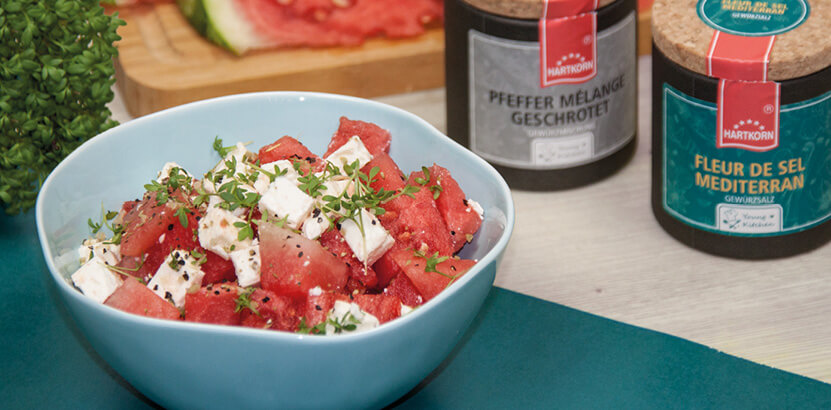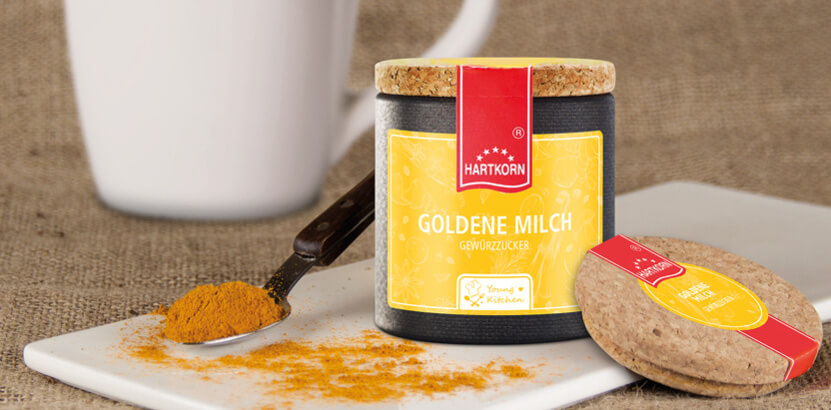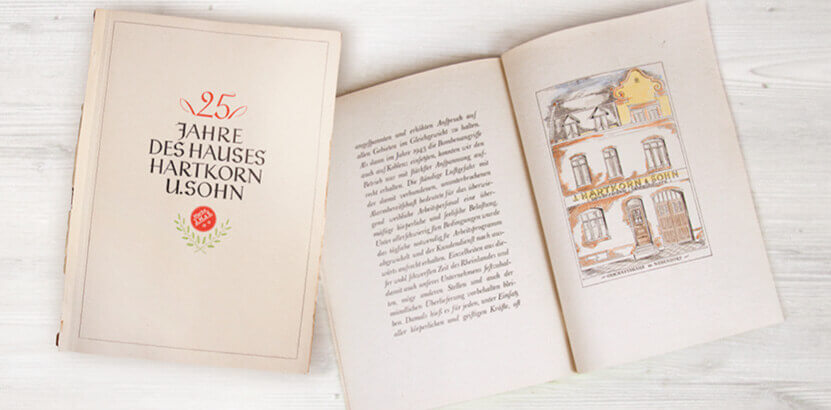Synonyms: Botanical family: origin: Classification: spice shape: flavor: odor: use: Tip: Recipe suggestion: knowledge: Botany: home & spread: cultivation & extraction: history: lovage
General information
Application
Things to know
 Botanical name:
Botanical name:
Levisticum officinale
magic herb
umbelliferous plants
Germany, Poland, Czech Republic, Switzerland, Holland
herb
rootstock
sweetish, later hot and slightly bitter
aromatic, reminiscent of soup seasoning
Lovage leaves are highly seasoning and therefore should be used sparingly. Due to their somewhat earthy aroma, they are used to season roasts, ragouts, sauces, soups, salads and vegetables. Unlike many other herbs and spices, lovage can also be used for long cooking times. They are also often used alone or mixed with other herbs for preserving. The still strongly aromatic root can be cut up and added to soups. In some parts of Switzerland the young leaves and stems are prepared as vegetables. Because of their diuretic active ingredients, they are also used in medicine.
Even long cooking without great loss of aroma
Pasta with lovage: Boil the pasta al dente in salt water and 2 tablespoons of oil and sieve. Boil 3 tbsp. noodle water with 2 tbsp. butter and 4 tbsp. chopped lovage leaves and pour over the noodles. Leave to stand for a few minutes.
Naming: Lovage is also called Maggi herb because of its similar taste with the Maggi spice. The well-known spice does not contain lovage, however.
From a strong root the perennial lovage perennial pushes itself with upright, tubular and above strongly branched stem up to a height of 2 m. With its large, leathery, fleshy, two to three pinnate leaves, which are coarsely incised or toothed towards the tip, its leaves are dark green on the upper side and brighter on the underside and resemble an oversized celery. The medium sized flower umbels let oval spherical, lengthwise ribbed double-split fruits ripen, which still carry remains of the stylus.
It is believed to be the former home of the lovage perennial in the Orient, especially in Persia. From there, it spread from the south over the whole of Europe and later came to the USA.
Lovage is mainly cultivated in gardens, more rarely in field culture and occurs frequently in the wild in places. They can be harvested all year round for personal use and are therefore ideal for the home herb garden. The picked leaves are very well suited for drying, as their seasoning power is completely preserved and does not get lost even after a longer period of storage if kept airtight. Lovage roots are also an important commodity in the pharmaceutical industry.
With the monastery gardens of the monks came lovage from southern Europe and steadily advanced northwards. The name lovage is a corruption of the earlier Latin name Ligusticum, which in turn refers to the herb's origin in Liguria at that time. In German-speaking areas, lovage is often called Maggi herb because its aroma is similar to the well-known soup seasoning.
http://de.wikipedia.org/wiki/Liebstöckel







